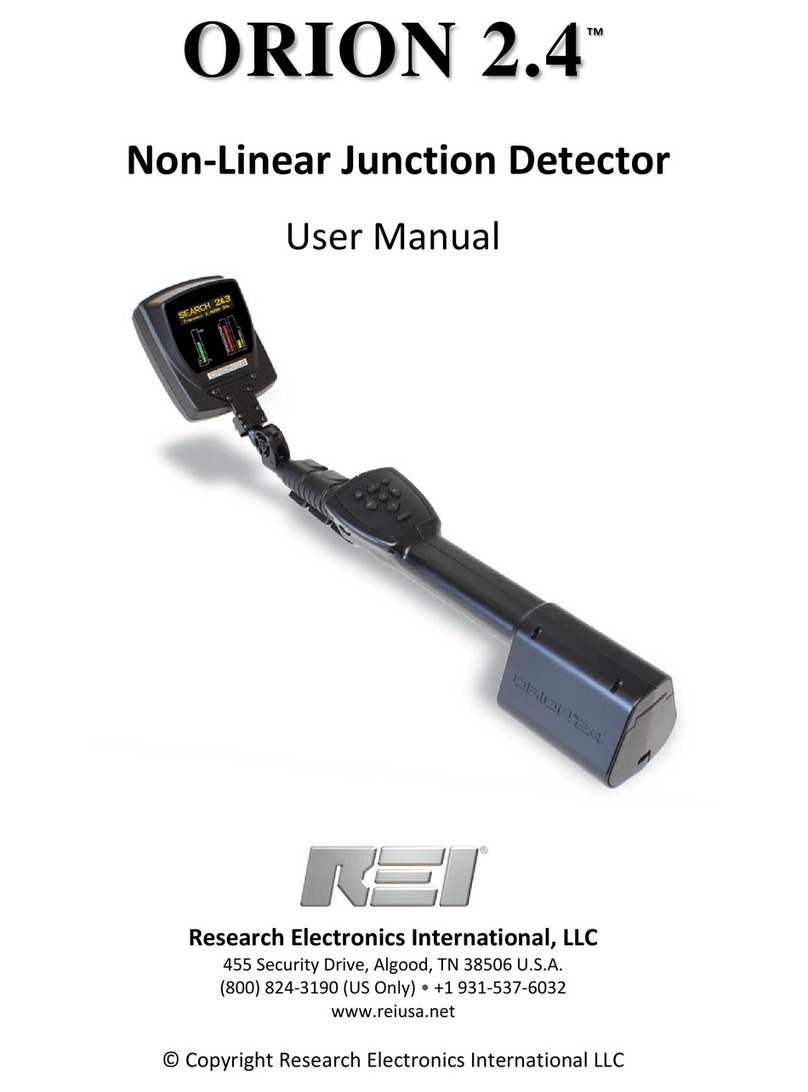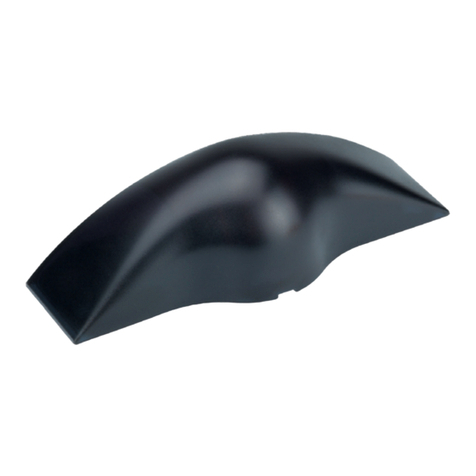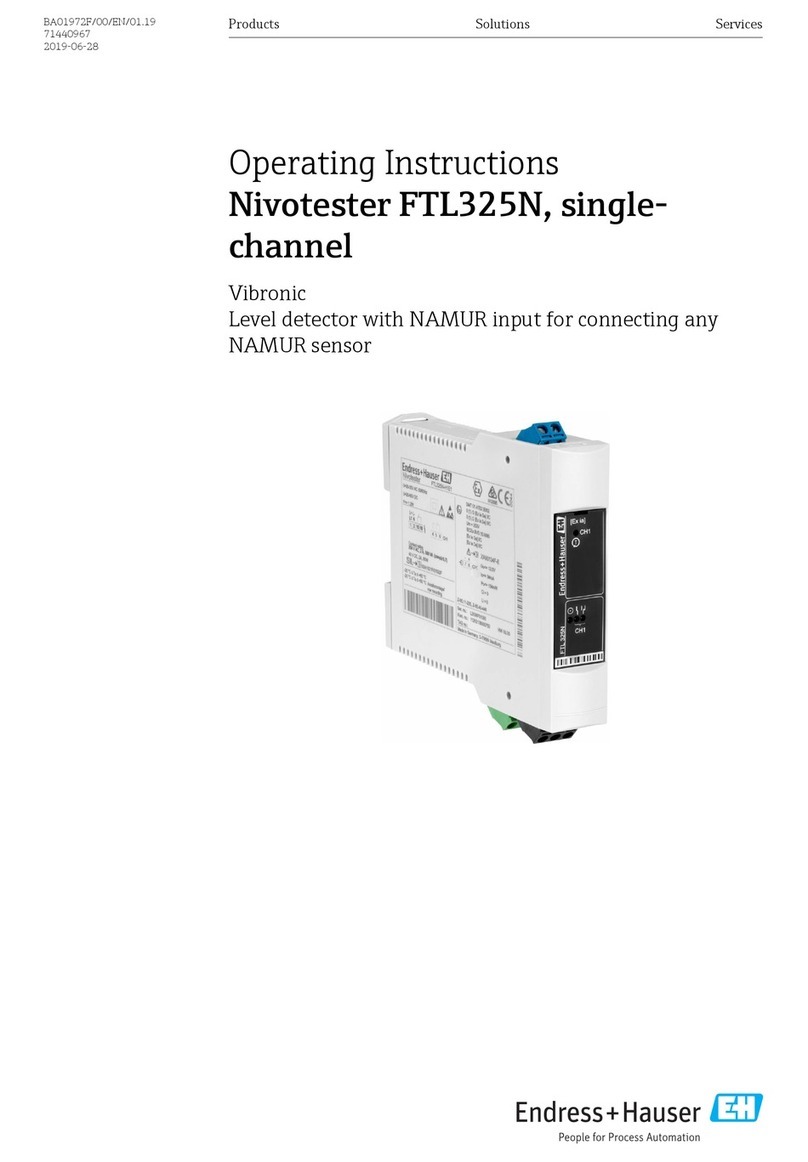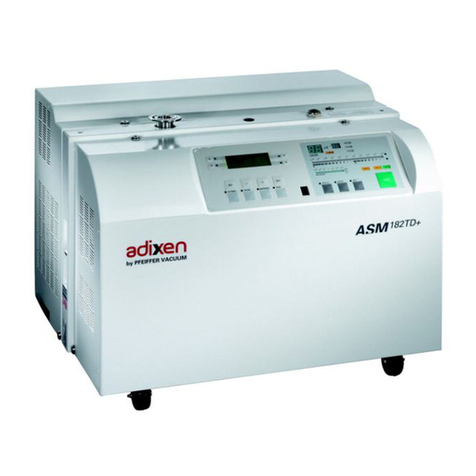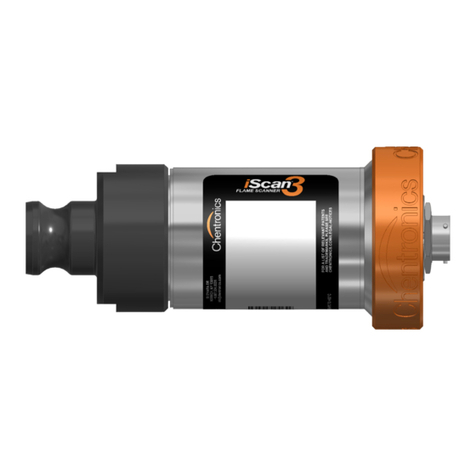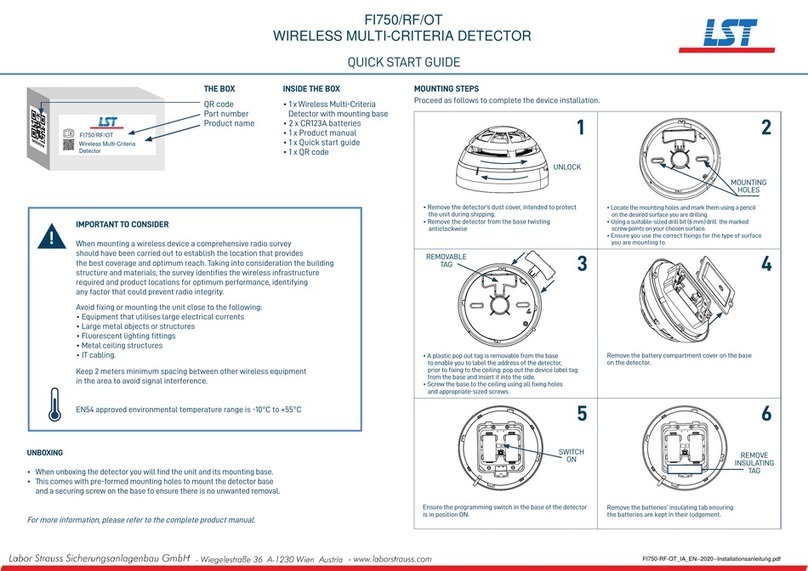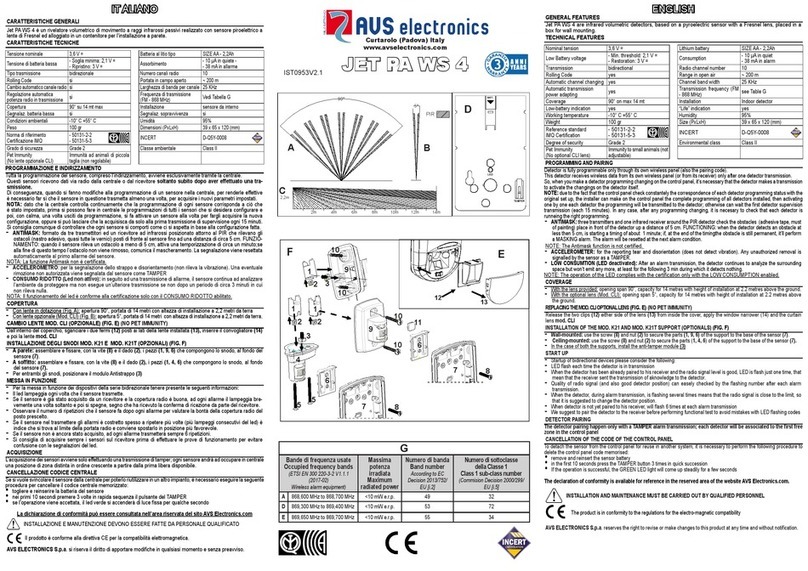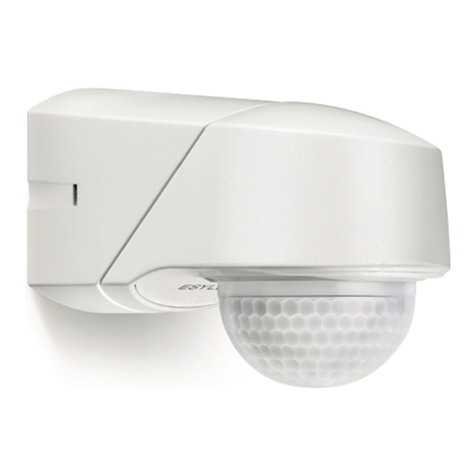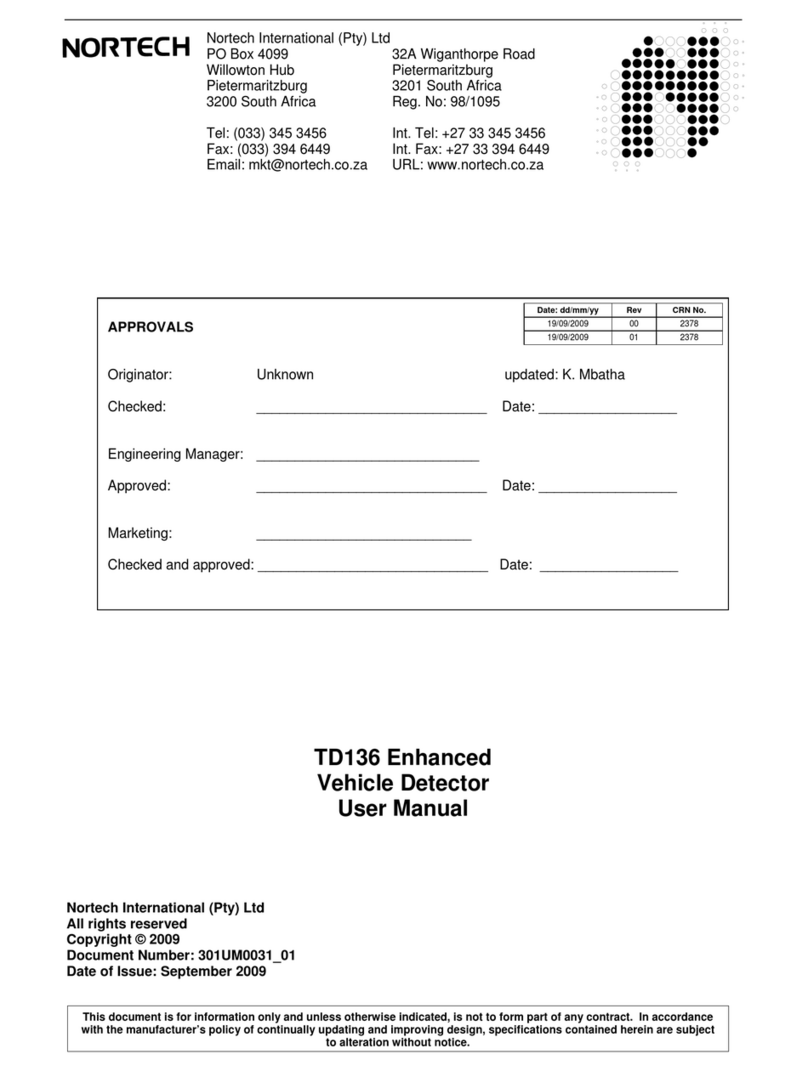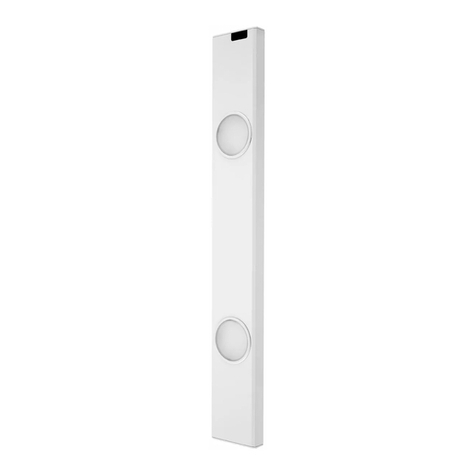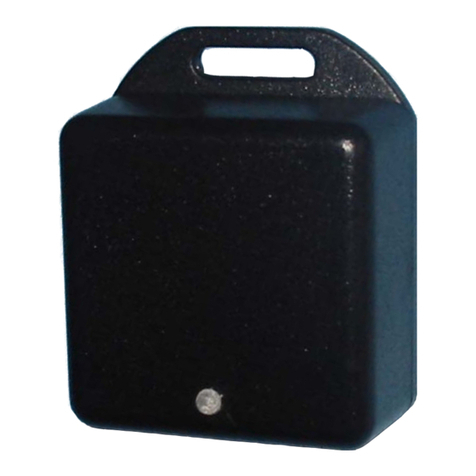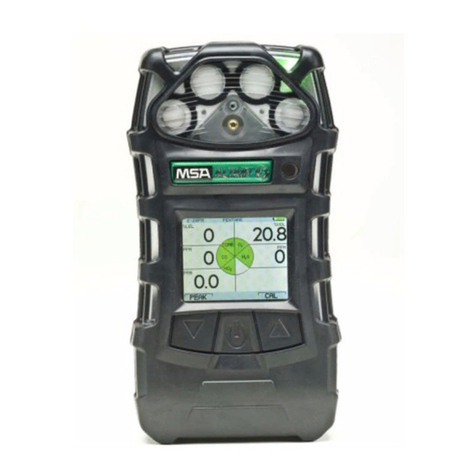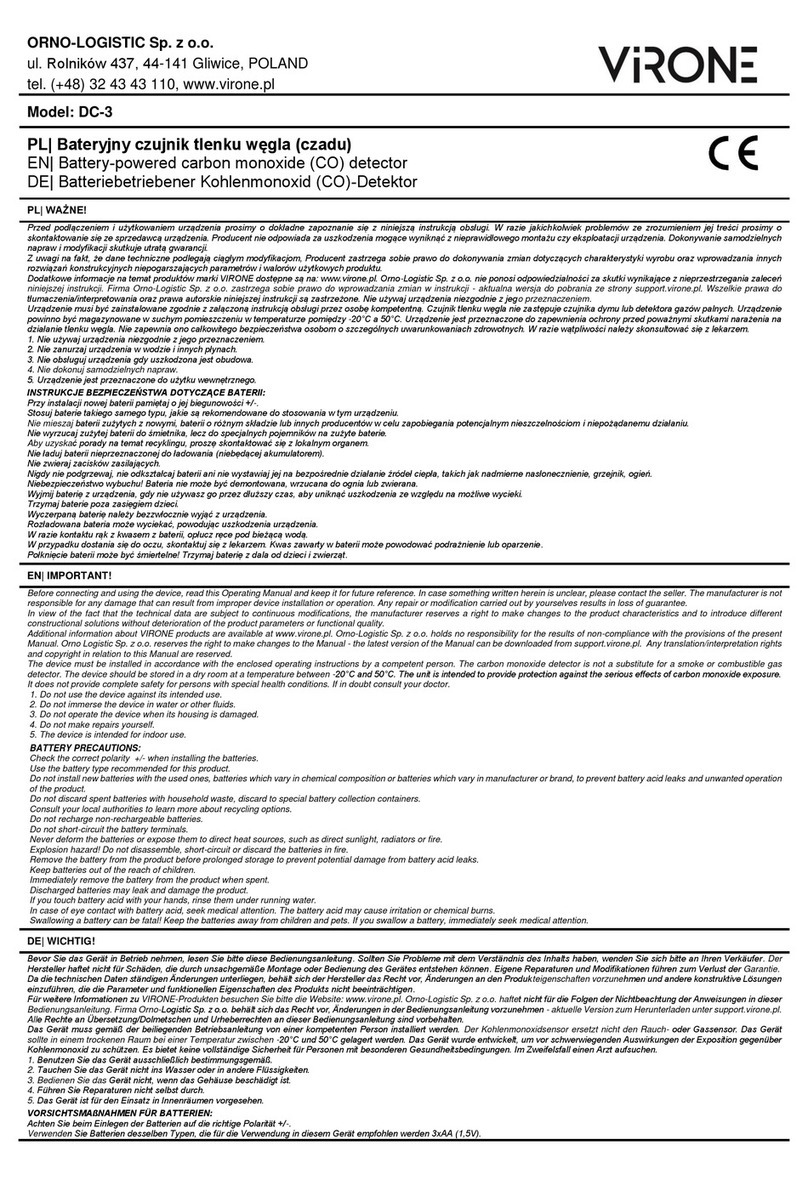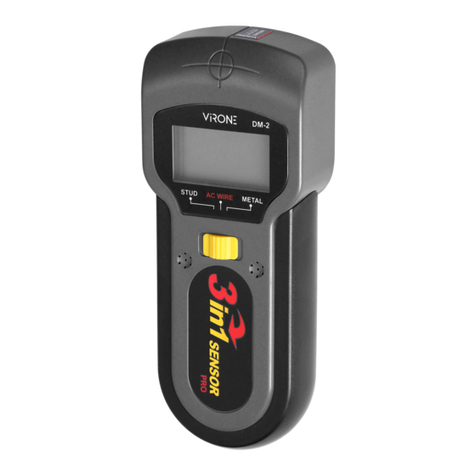
(PL) GNIAZDKOWY CZUJNIK RUCHU
(EN) SOCKET MOTION DETECTOR
(DE) STECKDOSEN-BEWEGUNGSMELDER
ORNO-LOGISTIC Sp. z o.o.
ul. Rolników 437
44-141 Gliwice POLAND
tel. (+48) 32 43 43 110
Przed rozpoczęciem korzystania z urządzenia, należy zapoznać się z niniejszą instrukcją obsługi oraz zachować ją na przyszłość. Dokonanie samodzielnych napraw i modyfikacji
skutkuje utratą gwarancji. Producent nie odpowiada za uszkodzenia mogące wyniknąć z nieprawidłowego montażu czy eksploatacji urządzenia.
Z uwagi na fakt, że dane techniczne podlegają ciągłym modyfikacjom, Producent zastrzega sobie prawo do dokonywania zmian dotyczących charakterystyki wyrobu oraz
wprowadzania innych rozwiązań konstrukcyjnych nie pogarszających parametrów i walorów użytkowych produktu.
Najnowsza wersja instrukcji do pobrania na stronie www.virone.pl. Wszelkie prawa do tłumaczenia/interpretowania oraz prawa autorskie niniejszej instrukcji są zastrzeżone.
1. Wszelkie czynności wykonuj przy odłączonym zasilaniu.
2. Nie zanurzaj urządzenia w wodzie i innych płynach.
3. Nie obsługuj urządzenia, gdy uszkodzona jest obudowa.
4. Nie otwieraj urządzenia i nie dokonuj samodzielnych napraw.
5. Nie używaj urządzenia niezgodnie z jego przeznaczeniem.
6. Przed urządzeniem nie umieszczać przedmiotów mogących zakłócić pracę czujnika.
7. Unikać instalowania w pobliżu urządzeń grzewczych, klimatyzatorów itp.
Before using the device read this Operating Instruction and keep it for future use. Any repair or modification carried out by yourselves results in loss of guarantee. The
manufacturer is not responsible for any damage that can result from improper device installation or operation. In view of the fact that the technical data are subject to continuous
modifications, the manufacturer reserves a right to make changes to the product characteristics and to introduce different constructional solutions without deterioration of the
product parameters and functional quality. The latest version of the Operating Manual can be downloaded from www.virone.pl. Any translation/interpretation rights and
copyrights in relation to this Manual are reserved.
1.Disconnect the power supply before any activities on the product.
2. Do not immerse the device in water or other fluids.
3. Do not operate the device when its housing is damaged.
4. Do not open the device and do not repair it by yourselves.
5. Do not use the device against its intended use.
6. Do not place any objects in front of the device, which could disturb proper operation of the sensor.
7. Avoid installation close to heating units, air-conditioners, etc.
Bevor Sie das Gerät in Betrieb nehmen, lesen Sie bitte diese Bedienungsanleitung und bewahren Sie es zum späteren Nachschlagen auf. Selbstständige Reparaturen oder
Änderungen durch den Benutzer führen zum Verlust der Garantie. Der Hersteller haftet nicht für Schäden, die durch unsachgemäße Montage oder Bedienung des Gerätes
entstehen können.
Da die technischen Daten ständigen Änderungen unterliegen, behält sich der Hersteller das Recht vor, Änderungen an den Produkteigenschaften vorzunehmen und andere
konstruktive Lösungen einzuführen, die die Parameter und Nutzwerte des Produkts nicht beeinträchtigen.
Aktuelle Version kann von der Website www.virone.pl. heruntergeladen werden. Alle Übersetzungs-/Auslegungsrechte und Urheberrechte dieser Anweisung sind vorbehalten.
1. Alle Schritte, während die Stromversorgung getrennt ist, durchführen.
2. Tauchen Sie das Gerät nicht in Wasser oder andere Flüssigkeiten.
3. Betreiben Sie das Gerät nicht, wenn das Gehäuse beschädigt ist.
4. Öffnen Sie das Gerät nicht und reparieren Sie es nicht selbst.
5. Verwenden Sie das Gerät nicht für andere Zwecke als die, für die es vorgesehen ist.
6. Stellen Sie keine Gegenstände vor das Gerät, die den Betrieb des Sensors stören könnten.
7. Vermeiden Sie die Installation in der Nähe von Heizgeräten, Klimaanlagen etc.
Każde gospodarstwo jest użytkownikiem sprzętu elektrycznego i elektronicznego, a co za tym idzie potencjalnym wytwórcą niebezpiecznego dla ludzi i środowiska odpadu,
z tytułu obecności w sprzęcie niebezpiecznych substancji, mieszanin oraz części składowych. Z drugiej strony zużyty sprzęt to cenny materiał, z którego możemy odzyskać surowce takie
jak miedź, cyna, szkło, żelazo i inne. Symbol przekreślonego kosza na śmieci umieszczany na sprzęcie, opakowaniu lub dokumentach do niego dołączonych oznacza, że produktu nie wolno
wyrzucać łącznie z innymi odpadami. Oznakowanie oznacza jednocześnie, że sprzęt został wprowadzony do obrotu po dniu 13 sierpnia 2005 r. Obowiązkiem użytkownika jest przekazanie
zużytego sprzętu do wyznaczonego punktu zbiórki w celu właściwego jego przetworzenia. Informacje o dostępnym systemie zbierania zużytego sprzętu elektrycznego można znaleźć w
punkcie informacyjnym sklepu oraz w urzędzie miasta/gminy. Odpowiednie postępowanie ze zużytym sprzętem zapobiega negatywnym konsekwencjom dla środowiska naturalnego i
ludzkiego zdrowia!
Every household is a user of electrical and electronic equipment and therefore a potential producer of hazardous waste to humans and the environment from the presence of hazardous
substances, mixtures and components in the equipment. On the other hand, waste equipment is a valuable material, from which we can recover raw materials such as copper, tin, glass,
iron and others.
The symbol of a crossed-out rubbish bin placed on the equipment, packaging or documents attached thereto indicates the necessity of separate collection of waste electrical and electronic
equipment. Products marked in this way, under penalty of a fine, may not be disposed of in ordinary waste together with other waste. The marking also means that the equipment was
placed on the market after the 13th August 2005. It is the user’s responsibility to hand over the waste equipment to a designated collection point for proper treatment. Used equipment
may also be returned to the seller in case of purchase of a new product in a quantity not greater than the new purchased equipment of the same type. Information about the available
waste electrical equipment collection system can be found at the information point of the shop and in the municipal office. Proper handling of waste equipment prevents negative
consequences for the environment and human health!
Jeder Haushalt ist ein Benutzer von Elektro- und Elektronikgeräten und daher ein potenzieller Produzent von gefährlichen Abfällen für Mensch und Umwelt, da die Geräte gefährliche
Stoffe, Gemische und Komponenten enthalten. Andererseits sind gebrauchte Geräte ein wertvolles Material, aus dem wir Rohstoffe wie Kupfer, Zinn, Glas, Eisen u.a. gewinnen können.
Das Symbol des durchgestrichenen Mülleimers auf Geräten, Verpackungen oder den angehängten Dokumenten deutet auf die Notwendigkeit der getrennten Sammlung von Elektro- und
Elektronik-Altgeräten hin. So gekennzeichnete Produkte dürfen unter Androhung einer Geldstrafe nicht mit dem Hausmüll entsorgt werden. Diese Kennzeichnung bedeutet gleichzeitig,
dass das Gerät nach dem 13. August 2005 in Verkehr gebracht wurde.
Der Benutzer soll die Altgeräte einer festgelegten Sammelstelle zur entsprechenden Entsorgung zuführen. Gebrauchtgeräte können auch an den Verkäufer übergeben werden, wenn Sie
ein neues Produkt in einer Menge kaufen, die nicht höher ist als die der neu gekauften Ausrüstung desselben Typs. Informationen zum verfügbaren Sammelsystem für Elektroaltgeräte
finden Sie am Informationspunkt des Geschäfts und im Stadt- / Gemeindeamt. Der sachgemäße Umgang mit gebrauchten Geräten verhindert negative Folgen für die Umwelt und die
menschliche Gesundheit!





